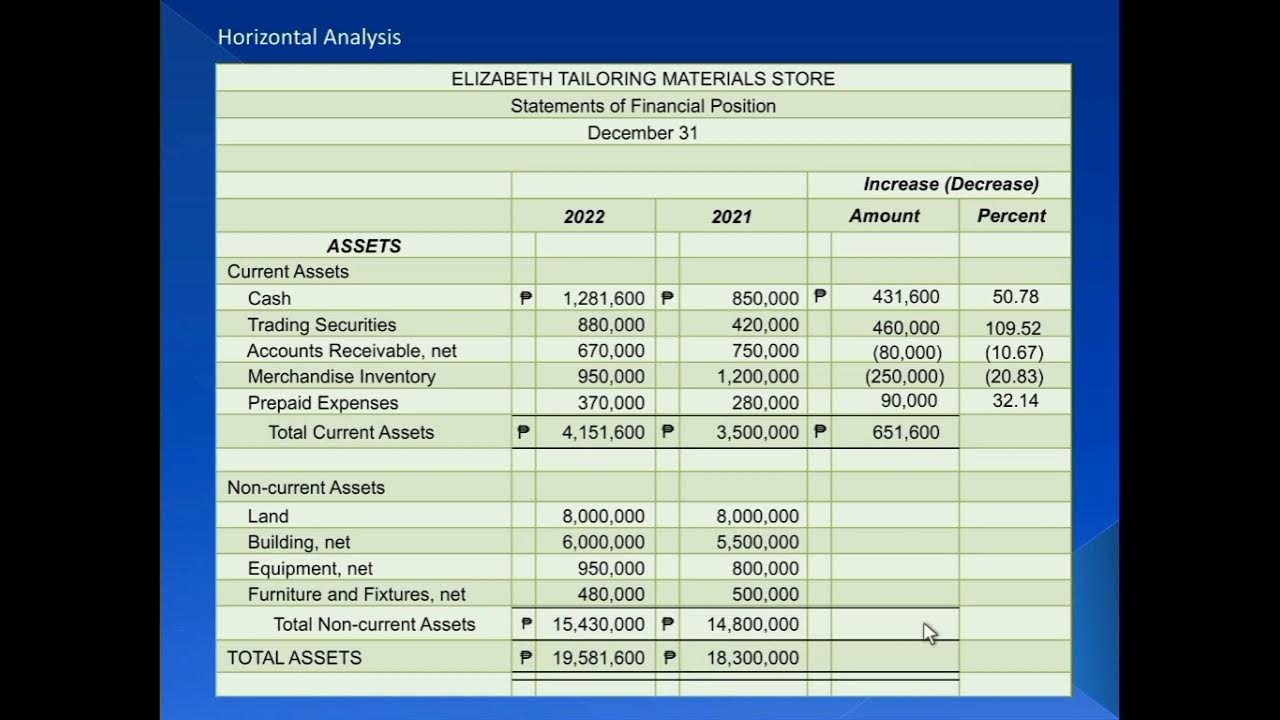AP Seminar: Understanding Stimulus Materials – Part 1
Summary
TLDRIn this lesson, Alison Malloy from Carmel High School focuses on interpreting and synthesizing data from various perspectives using stimulus materials. The session covers understanding and connecting ideas across four sources related to happiness, exploring themes like utilitarianism, collective versus individual happiness, and contrasting perspectives on grief and joy. By analyzing texts such as 'On Virtue and Happiness,' 'The Story of an Hour,' and a Jazz funeral video, students are guided to identify essential connections and integrate these sources effectively into their arguments. The goal is to build a strong foundational understanding for deeper analysis and application in future research.
Takeaways
- 📝 The focus of the lesson is on breaking down the stimulus material and understanding its essential use.
- 📊 The goal is to interpret and synthesize data and information from various perspectives.
- 📚 Four of the seven stimulus materials will be covered in detail to build connections between sources.
- 💡 Essential use of stimulus material is critical for building a strong argument.
- 🧠 Utilitarianism is introduced as a key concept, emphasizing actions that promote the greatest happiness for the greatest number.
- 😊 The stimulus materials are connected by the theme of happiness and well-being.
- 📖 The story of an hour by Kate Chopin is discussed, highlighting themes of freedom, grief, and gender equality.
- 🎵 Big Daddy's Last Dance explores the cultural and emotional aspects of a Jazz funeral in New Orleans.
- 🔗 Students are encouraged to identify and articulate connections between different sources.
- ✅ Understanding what's on-topic versus off-topic is crucial for effectively using the stimulus materials in arguments.
Q & A
What is the primary focus of this lesson?
-The primary focus of this lesson is on breaking down the stimulus material, interpreting and synthesizing data, and information from various perspectives.
Who is the instructor for this lesson, and where do they teach?
-The instructor is Alison Malloy, a teacher at Carmel High School in Carmel, Indiana.
What is the significance of using stimulus material in an essential way?
-Using stimulus material in an essential way means integrating it into your argument effectively, beyond just the introduction, to support your response and demonstrate a deeper connection.
What are the four stimulus materials discussed in this lesson?
-The four stimulus materials discussed are 'On Virtue and Happiness,' 'Have You Renounced Pleasure,' 'The Story of an Hour,' and 'Big Daddy’s Last Dance.'
How does utilitarianism relate to the stimulus material 'On Virtue and Happiness'?
-Utilitarianism relates to 'On Virtue and Happiness' by emphasizing that actions are right if they promote the most happiness for the most people, which is a central theme in the material.
What are the two different kinds of happiness mentioned in the stimulus material 'Have You Renounced Pleasure'?
-The two different kinds of happiness mentioned are the enjoyment of pleasure through our senses, which is brief, and a deeper, longer-lasting sense of fulfillment or true joy.
What is the main theme of 'The Story of an Hour' by Kate Chopin?
-The main theme of 'The Story of an Hour' is the concept of freedom and self-identity, particularly how the protagonist, Mrs. Mallard, feels a sense of liberation upon hearing about her husband's death.
What cultural aspect does 'Big Daddy’s Last Dance' explore?
-'Big Daddy’s Last Dance' explores the cultural aspect of a Jazz funeral in New Orleans, capturing its reverent yet jubilant nature.
How does the lesson suggest students approach making connections between the sources?
-The lesson suggests that students ask themselves what ideas or themes connect the sources, consider what each source is about, and identify any connections or themes that arise as they compare the sources.
What is the importance of building connections between sources in this lesson?
-Building connections between sources is important as it helps students develop a comprehensive understanding of the materials, allowing them to construct well-supported arguments in their papers.
Outlines

This section is available to paid users only. Please upgrade to access this part.
Upgrade NowMindmap

This section is available to paid users only. Please upgrade to access this part.
Upgrade NowKeywords

This section is available to paid users only. Please upgrade to access this part.
Upgrade NowHighlights

This section is available to paid users only. Please upgrade to access this part.
Upgrade NowTranscripts

This section is available to paid users only. Please upgrade to access this part.
Upgrade NowBrowse More Related Video

AP Seminar: Building Your Argument – Part 1

AP Seminar: Understanding Stimulus Materials – Part 2

Part 1: Financial Statements Analysis (Intro, Horizontal Analysis and Vertical Analysis)

GRADE 12 SCIENCE Q2W2 INTERPRET GEOLOGICAL MAPS

Grade 11 AP UCSP Q1 WEEK 2 - CONCEPTS, ASPECTS AND CHANGES IN OF CULTURE AND SOCIETY

Mengingat Statistik Hal 79-84 Bab 3 STATISTIK Kelas 11 SMA Kurikulum Merdeka
5.0 / 5 (0 votes)